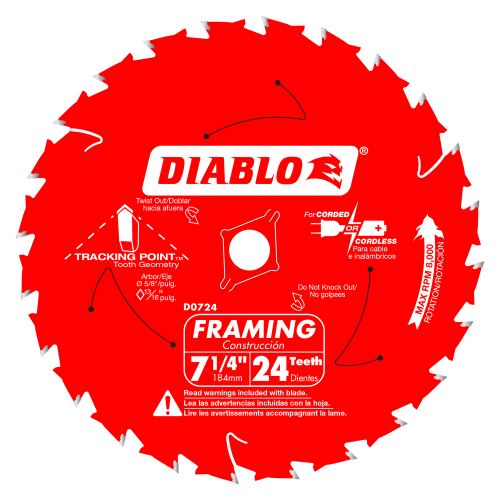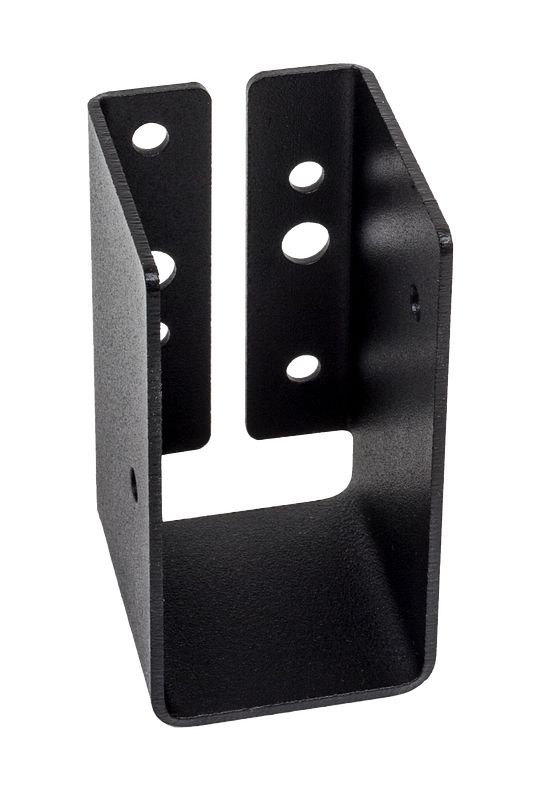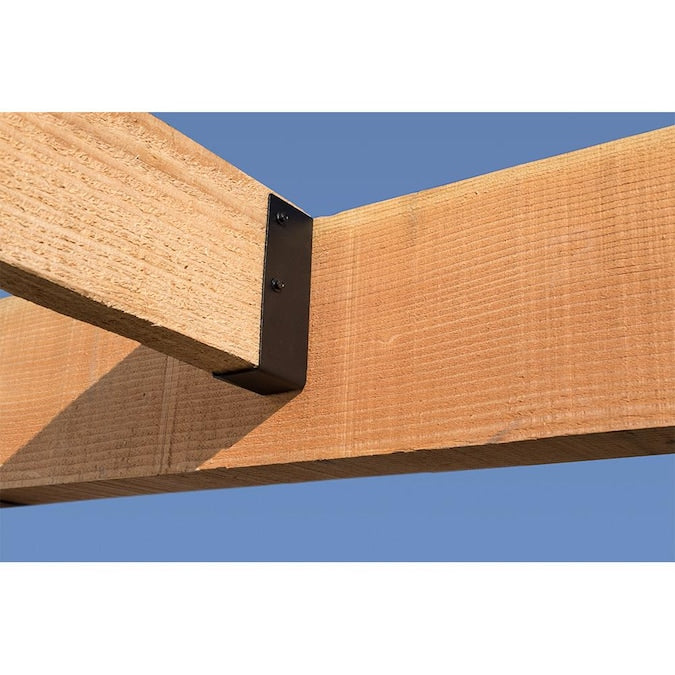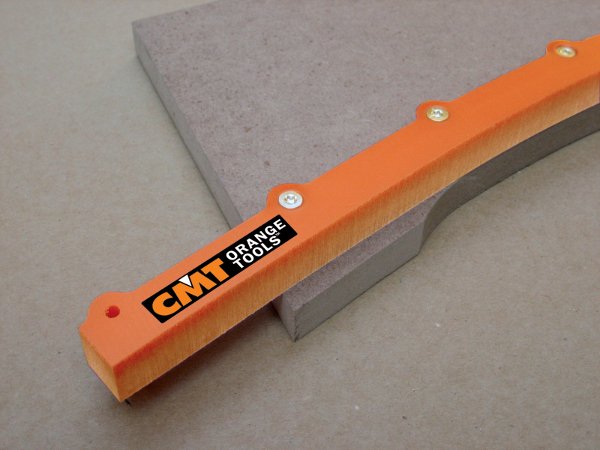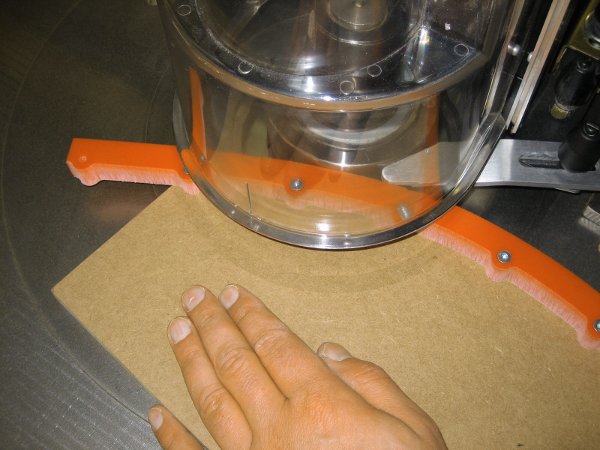Establishing durable and secure connections between various materials is a cornerstone of construction, and vital for the structural soundness of any edifice. Steel-to-wood connections are especially significant, given their widespread use across residential and commercial projects. This blog post looks into the essential practices for achieving such connections with precision. It encompasses the careful selection of connectors, the adoption of proper installation methods, and the navigation of prevalent challenges, providing a comprehensive guide to professionals aiming to enhance the integrity and longevity of their construction endeavors.
Understanding Steel-to-Wood Connections
Steel-to-wood connections involve joining steel components, such as beams and columns, to wooden elements like joists, beams, and frameworks. These connections are critical in construction projects because they combine the strength and durability of steel with the versatility and aesthetic appeal of wood. Proper execution of these connections is paramount to the stability and safety of the structure.
Selecting the Right Connectors
The first step in ensuring a successful steel-to-wood connection is selecting the appropriate connectors. Connectors must be chosen based on the specific requirements of the project, including the load capacity, the type of wood, and the environmental conditions. For projects requiring high-quality connectors, SJC/MSJC steel-joist connectors provide a durable and reliable solution. Furthermore, for a wide range of connection needs, Simpson Strong-Tie connectors offer unmatched performance and versatility.
Installation Techniques
Proper installation is as crucial as selecting the right connectors. Here are a few key considerations:
- Preparation: Ensure that both steel and wood components are prepared correctly, with clean, smooth surfaces free of any debris or imperfections that could compromise the connection.
- Alignment: Accurate alignment is vital. Misaligned connections can lead to increased stress on the connectors and components, potentially leading to failure.
- Securing: Use the correct tools and fasteners as recommended by the connector manufacturer. This ensures that the connection will have the strength and durability required to withstand loads and stresses over time.
- Inspection: After installation, it's essential to inspect the connections thoroughly to ensure they meet all specified requirements. This includes checking for proper fastener installation and ensuring there are no gaps or misalignments.
Addressing Common Challenges
Several challenges can arise when executing steel-to-wood connections, such as differential movement due to moisture changes in wood, thermal expansion, and contraction of steel, and the potential for corrosion in certain environments. To address these challenges:
- Moisture Management: Use moisture-resistant materials and design the connection to minimize direct exposure to water.
- Thermal Considerations: Allow for slight movements within the connection to accommodate thermal expansion and contraction.
- Corrosion Protection: Select connectors and fasteners with appropriate coatings or materials that resist corrosion.
At Factory Direct Supply, we understand the importance of building strong, reliable structures. That's why we offer a comprehensive selection of high-quality connectors to ensure your steel-to-wood connections are executed flawlessly. Leveraging our deep expertise and specialized product offerings, we stand ready to assist you throughout every phase of your construction endeavors. Count on us for the supplies and know-how necessary to attain superior outcomes, guaranteeing the longevity of your structures. Allow us to contribute to the success of your upcoming project with our dependable products and unwavering commitment to service.


